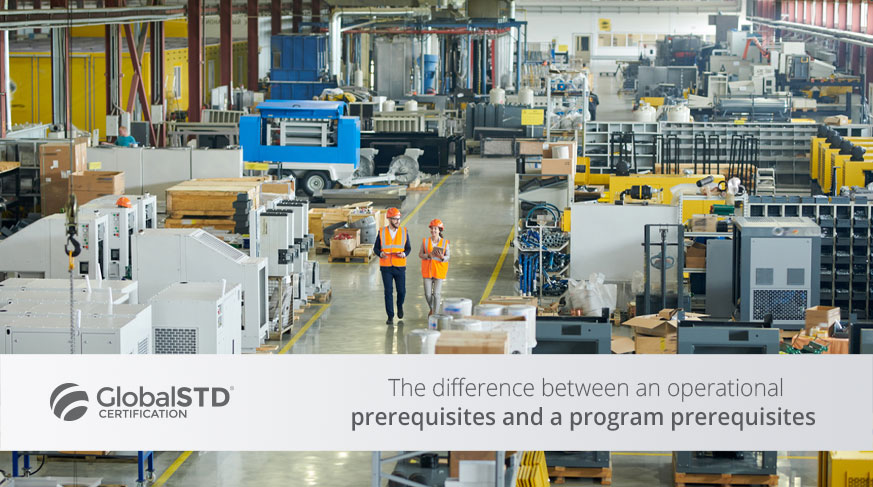
The difference between an operational prerequisites and a program prerequisites
A common question among organizations when auditing: the difference between an operational and a program requirement?
The differences are highlighted among them, but the main one is that the operational prerequisites proceeds from hazard analysis and the pre-requirement program refer to the first protection layer creating a favorable environment when manufacturing food.
Some examples of a pre-requirement program are the following: Pest Control Good manufacturing practices program Maintenance Program Chemicals control program Allergens control program
The planned pre requirement programs depend on each organization’s needs. A pre requirement program of an organization producing food cannot be the same for an organization making packing material for the industry. The operational prerequisites come from hazard analysis and tend to be a control action without becoming a critical control point.
A specific example from the food industry is the risk of metal particles. In this case, a critical control point can be a metal detector, meanwhile the Operational Pre requirement a magnetic trap or a net existing during the flow. This means that the last step of the process is to eliminate or decrease risk as to its minimum.
The main difference between a Pre requirement program and operational program is that the operation prerequisites come from the hazard analysis as part of the process line, and the Pre requirement program enables a safe environment, assuring the produced product follows a safety method. In a few words, this is our first obstacle for controlling risks or hazards attached to the process.
